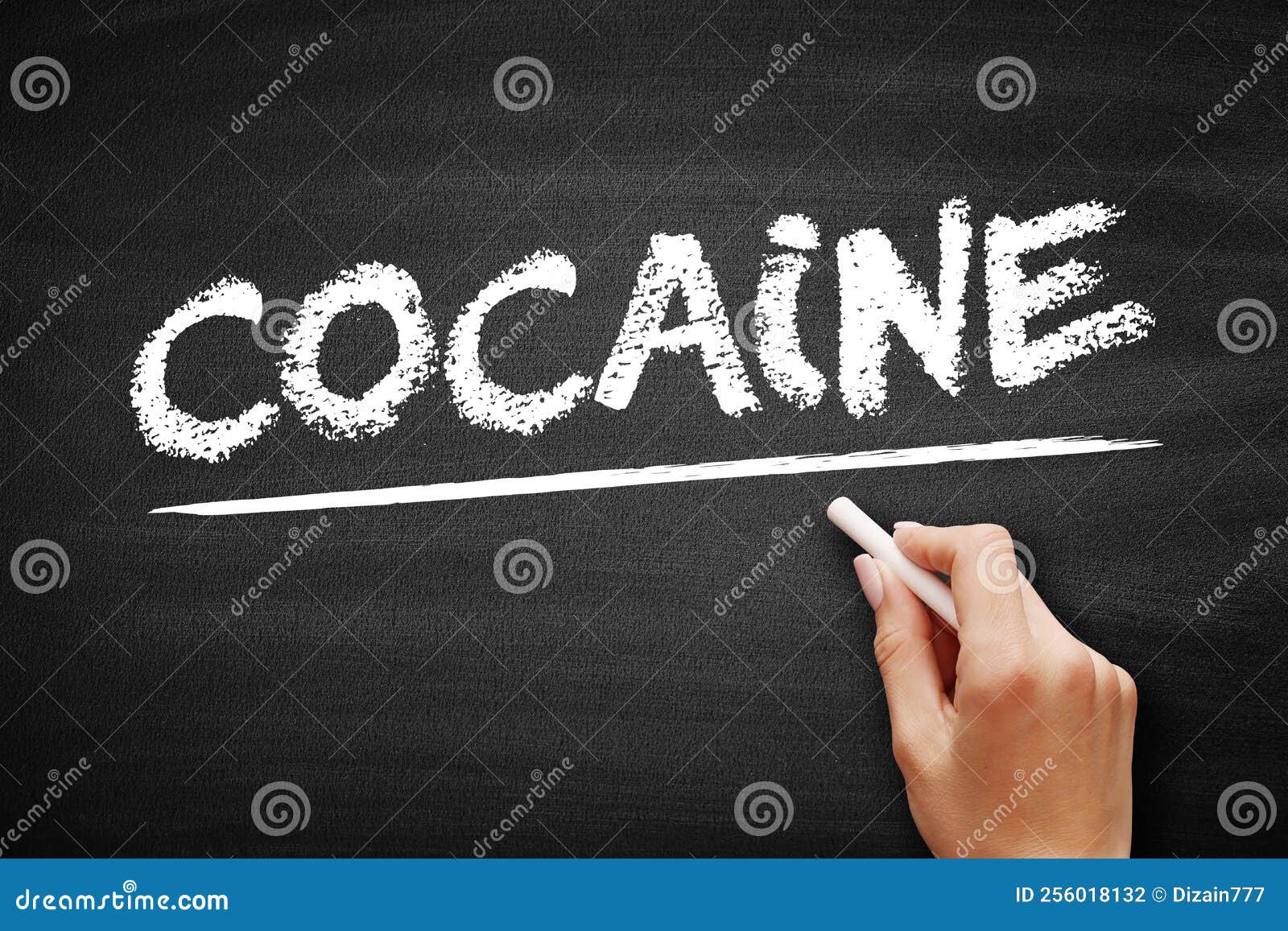The bustling nightclub, the heart-pounding rush, the feeling of invincibility – images like these often spring to mind when we think of cocaine. But behind the allure and the fleeting high lies a complex reality. Cocaine, the notorious white powder that has captivated and devastated countless lives, is often categorized as a stimulant. But is this label accurate, and what does it truly mean for those who use it? This article delves deep into the science behind cocaine, exploring its effects and shedding light on the delicate balance between its stimulant properties and its devastating consequences.

Image: www.dreamstime.com
Let’s unpack this question, going beyond the simplified categorization of “stimulant.” Cocaine, while undeniably affecting the central nervous system in a manner that resembles stimulants, operates in ways that make it a far more intricate and dangerous substance than a simple label suggests. Its journey through the human body is a symphony of chemical reactions, leading to a cascade of effects that can be both exhilarating and catastrophic.
The Chemistry of Cocaine: More Than Just a Stimulant
Cocaine, derived from the coca plant native to the Andes Mountains, is a Schedule II controlled substance, placing it alongside drugs like methamphetamine and fentanyl. This classification reflects the drug’s high potential for addiction and abuse. But what makes cocaine so potent? Its mechanism of action lies in its ability to disrupt the delicate balance of neurotransmitters in our brains.
Neuromodulators like dopamine, serotonin, and norepinephrine are crucial messengers, transmitting signals that govern everything from mood and motivation to movement and cognition. Cocaine throws a wrench into this intricate system by blocking the reabsorption of dopamine, the neurotransmitter responsible for pleasure and reward. This blockage results in a surge of dopamine in the synapse, the space between nerve cells. This sudden surge is what gives rise to cocaine’s euphoric effects, the feeling of heightened energy, and the illusion of control and heightened awareness.
A Double-Edged Sword: The Stimulation and the Crash
The stimulation experienced from cocaine is undoubtedly potent. It can manifest as heightened alertness, increased energy, a sense of euphoria, and reduced fatigue. This rush, however, is fleeting and often followed by a dramatic comedown, characterized by exhaustion, depression, and an intense craving for more cocaine. This cyclical pattern of highs and lows is a cornerstone of cocaine addiction, with the user becoming trapped in a desperate pursuit of the next rush.
Beyond the Buzz: The Dark Side of Cocaine Stimulation
While the initial stimulation might seem appealing, cocaine’s effects on the body and mind extend far beyond the fleeting high. The drug’s impact on the cardiovascular system can be particularly dangerous. Cocaine constricts blood vessels, leading to increased blood pressure and heart rate, a dangerous combination that can lead to heart attacks, strokes, and even sudden death, especially among those with pre-existing conditions.
The effects on the brain are no less disturbing. Cocaine can cause paranoia, anxiety, psychosis, and even hallucinations. Its neurotoxic properties can damage brain cells, potentially leading to cognitive impairment and long-term mental health issues.

Image: www.thelancet.com
Cocaine Addiction: A Complex and Devastating Reality
Cocaine’s addictive potential is a stark reality. Once the initial euphoria wears off, the user often experiences intense cravings, driving them to seek out more of the drug to recreate the fleeting high. The drug’s powerful dopamine surge reinforces this addictive behavior, making it difficult to break free from the cycle. Furthermore, cocaine’s effects also extend beyond the individual, shattering families, communities, and lives.
Understanding the Danger: Beyond the “Stimulant” Label
Cocaine’s stimulant properties are undeniable. However, labeling it simply as a stimulant doesn’t fully capture the complexity of its effects. It is a powerful, multifaceted drug with a devastating potential for addiction and long-term health consequences. It is essential to recognize the full scope of its impact, including the emotional and physical turmoil it unleashes, to truly understand its dangers.
Seeking Help: Breaking Free From Cocaine’s Grip
If you or someone you know struggles with cocaine addiction, seeking professional help is crucial. Treatment options include therapy, medication, and support groups. Remember, recovery is possible, and there are resources available to guide you through the challenging journey toward healing.
Is Cocaine A Stimulant
Taking Action: Spreading Awareness and Seeking Support
Educating ourselves and our communities about the dangers and complexities of cocaine is vital. Understanding its addictive potential and its devastating effects on both individual lives and society at large can help prevent substance abuse and provide support for individuals struggling with this addiction.
Sharing this information and encouraging open conversations about cocaine’s impact can contribute to a healthier and safer society.
This information is for educational purposes only. If you are struggling with substance abuse, please reach out to a qualified healthcare professional for help.






